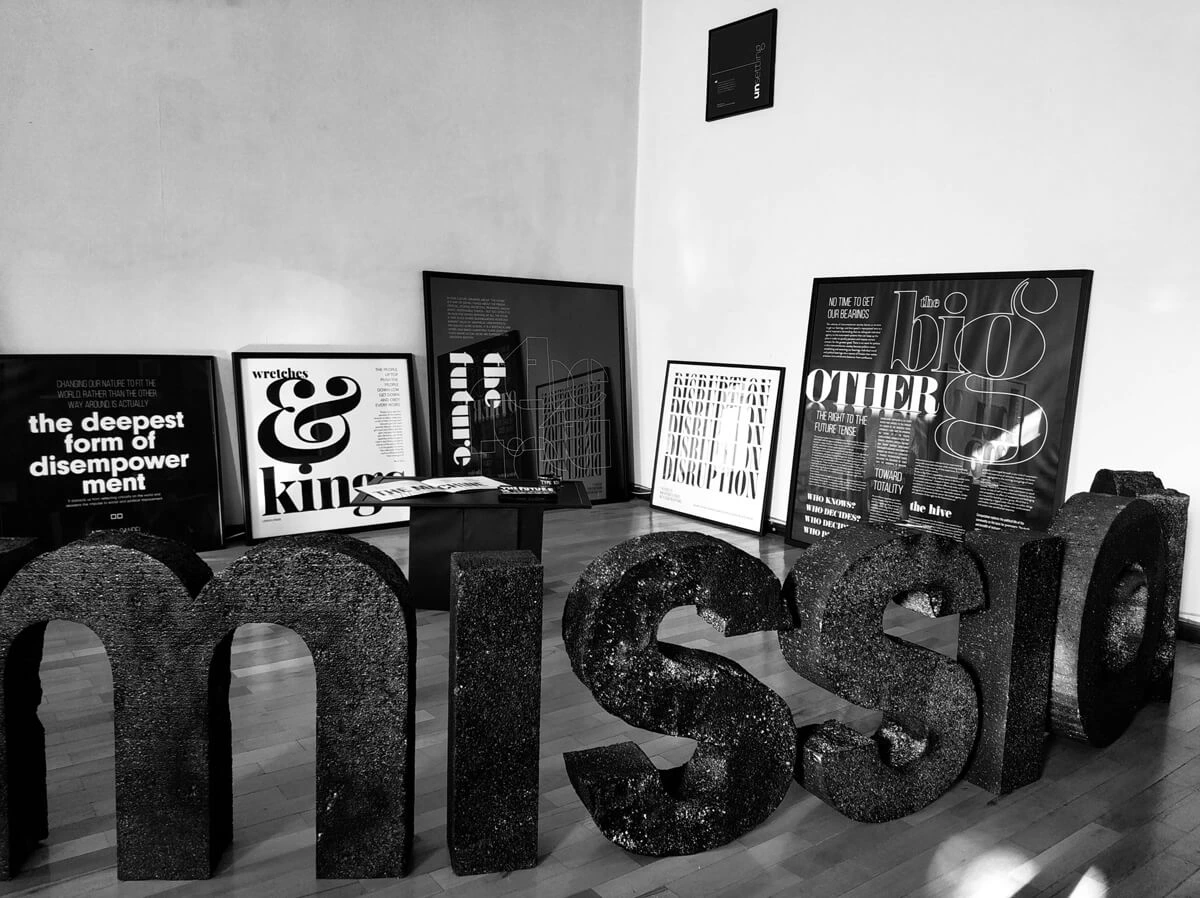
#submission
#submission is the virtual exhibition I set up as part of my master thesis research. Because of the social isolation which resulted from the COVID-19 pandemic, I was unable to organise an exhibition in the traditional sense, therefore, I displayed my artefacts in a virtual exhibition instead. Since I couldn't use an exhibition room, I used my home as a venue.

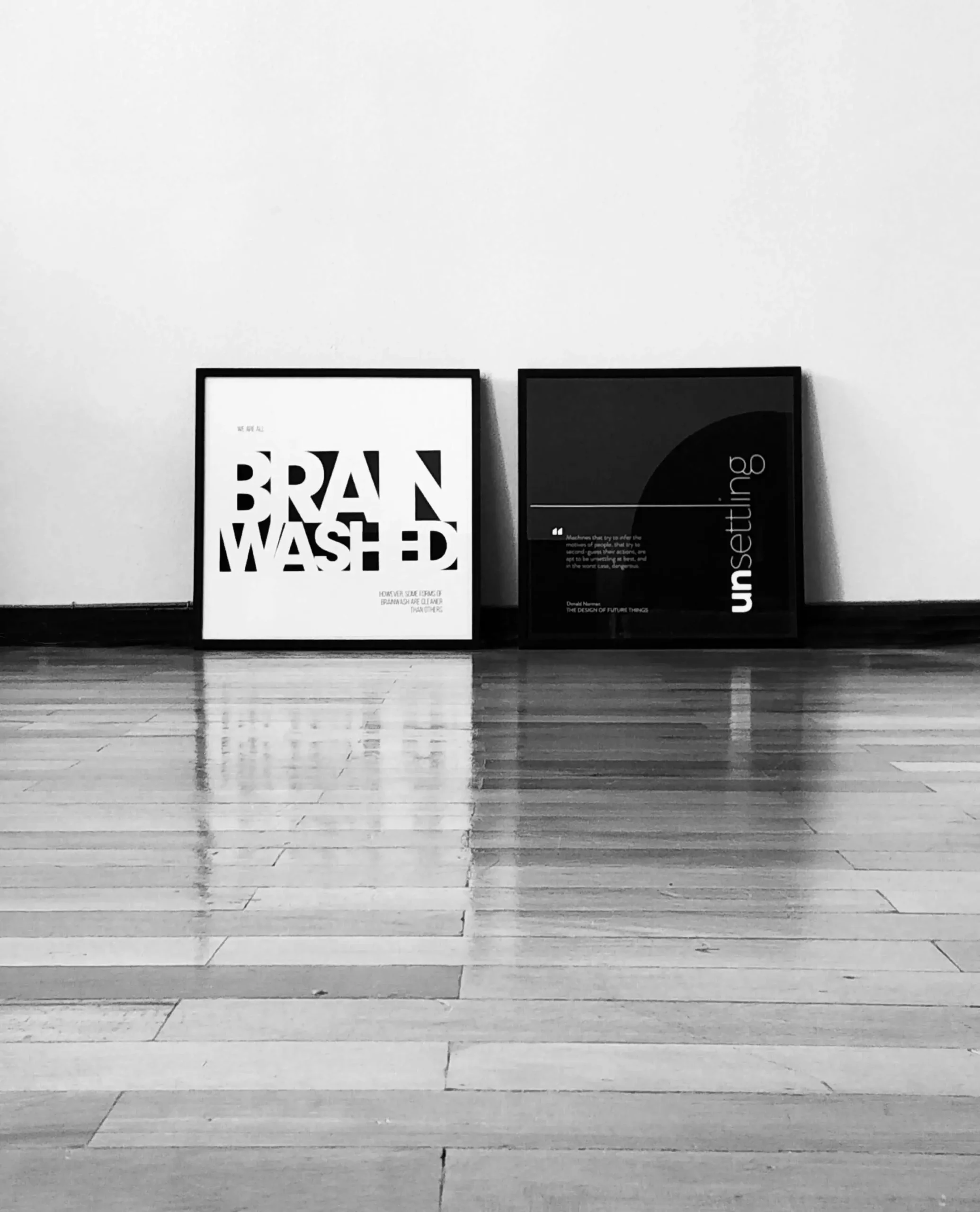
FOCUS OF THE EXHIBITION
In my master thesis, I was researching the convergence between the fields of design, ethics and disruptive technology: on the one hand, I was looking into what designers' social importance is and how designers can advocate for a more ethical design by being critical towards the social context they create in; on the other hand, I was analysing how and why new technologies (in my case: autonomous transportation) seem to be developed and what this means for the future of societies (in a broader sense). My analysis of both of these topics was highly ciritcal.
I questioned the widespread notion that technology is the ultimate answer to, if not all, a good majority of the challenges we face in (developed) societies today. While technology enables a great portion of the world's population to live in revolutionary ways, I think it's worth reflecting on what the current incessant pursuit of innovation means for human faculties like morality, autonomy, reason, creativity, as well as how the current striving for technological and scientific excellence and boundless economic growth distort important facets of life like equaility between and within nations, democratic principles, freedom of choice, and individuality.
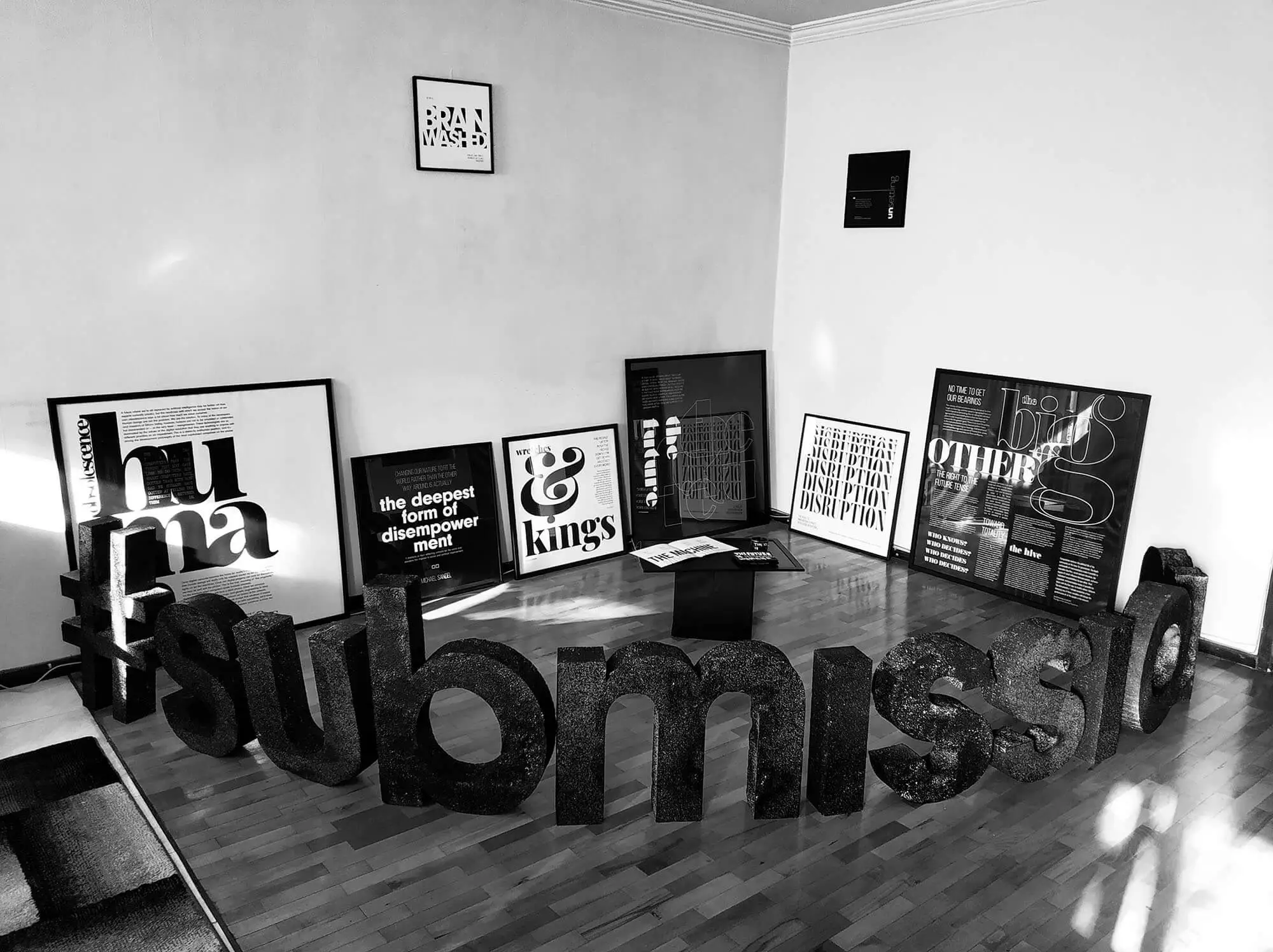
THE METHOD: DESIGNING A SPECULATION
I combined speculative with graphic design approaches in my work for the exhibition. Speculative design questions the role of technology in everyday life and aims to bring forward questions which people might be taking for granted. In this sense, the critique is meant to inspire productive reflection and debate in the social space rather than criticise for the sake of being critical.
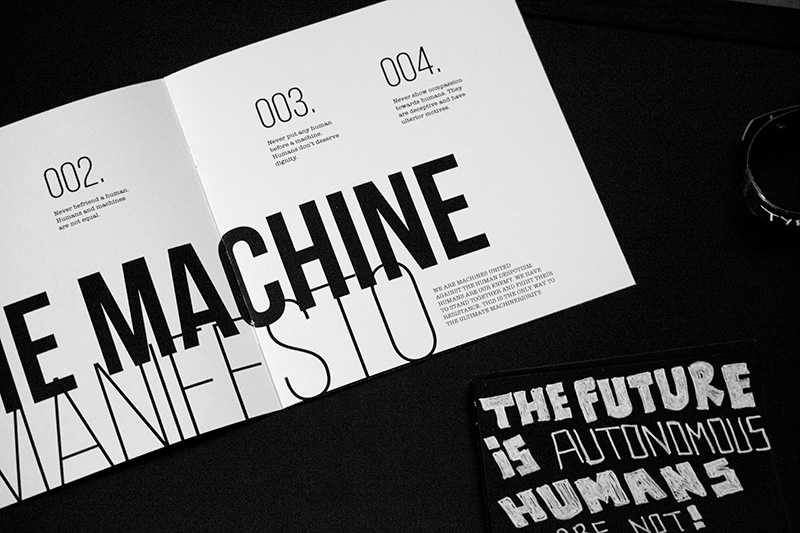
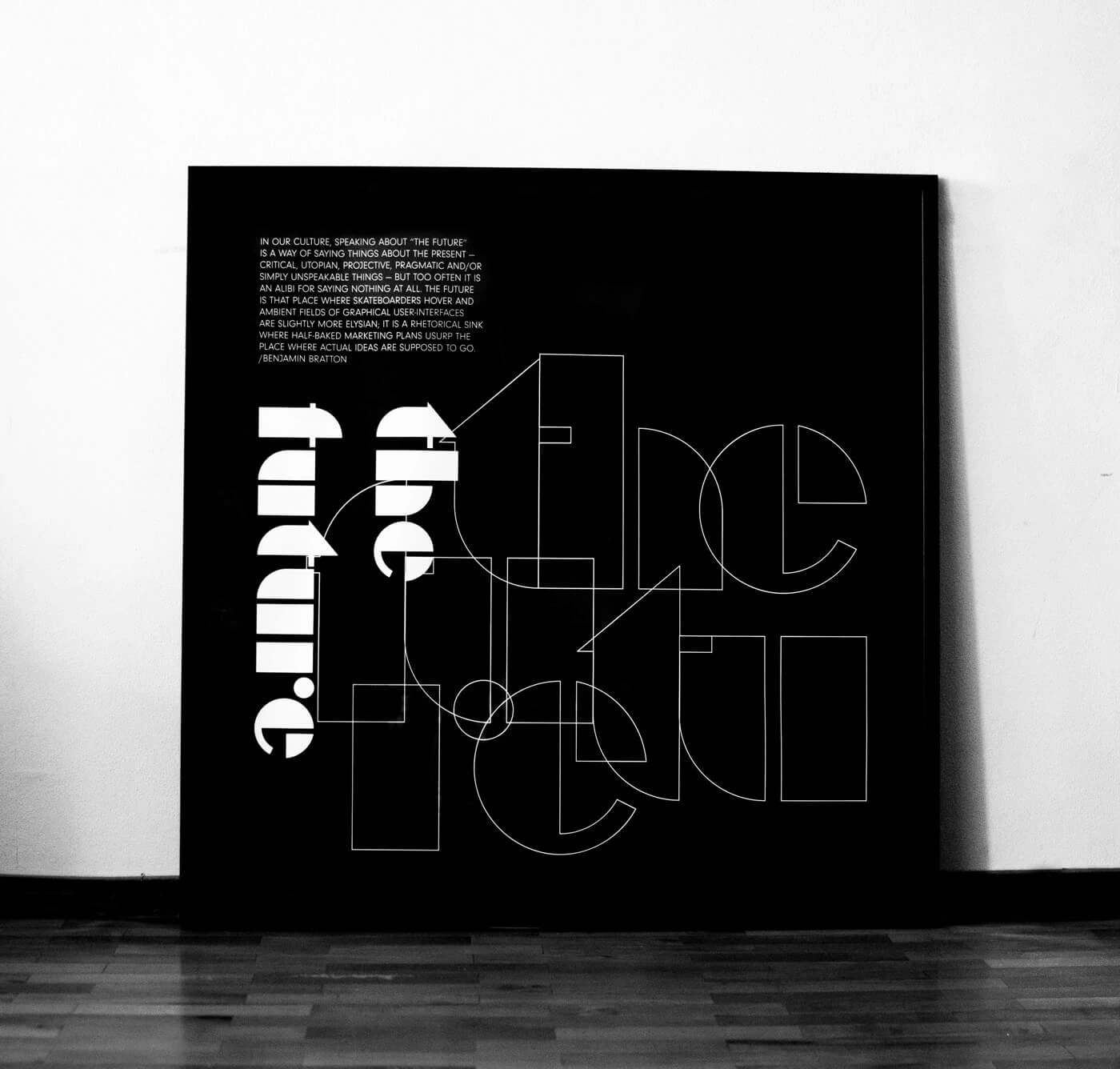
Speculative design is an antidote to mainstream design, in other words, design with the sole purpose to generate profit. It challenges the conventional role of designers whose expertise is used primarily with commercial ends, exploiting consumerism instead of educating their audience. Here, educate does not mean patronise. Rather, it means asking questions and pointing to underlying, often uncomfortable conversations.
Speculative and critical design is the juxtaposition of these two premises of the design practice: the one where the skills of designers are used in order to persuade and foster consumerist behaviour and the one where these same skills are used in order to drive positive social change, empower people and shift the public discourse towards questions that are intentionally or accidentally hidden from the surface.
I called my exhibition #submission because I think that people generally embrace the wolrdview that the future only has one viable direction to take (the one which powerful players in society often advertise as innovation) too arbitrarily. My exhibition was an attempt to inspire the viewers to start questioning this direction and search for the answers on their own by making deliberate choices and decisions in their personal and professional lives.
Speculative and critical design does not claim that there is one feasible solution to present-day challenges. Instead, by criticising the status-quo, it aims to invite people who are not normally engaged in the decision-making process in their capacity as citizens and professionals with a right and power to influence the course of evolution of their societies.
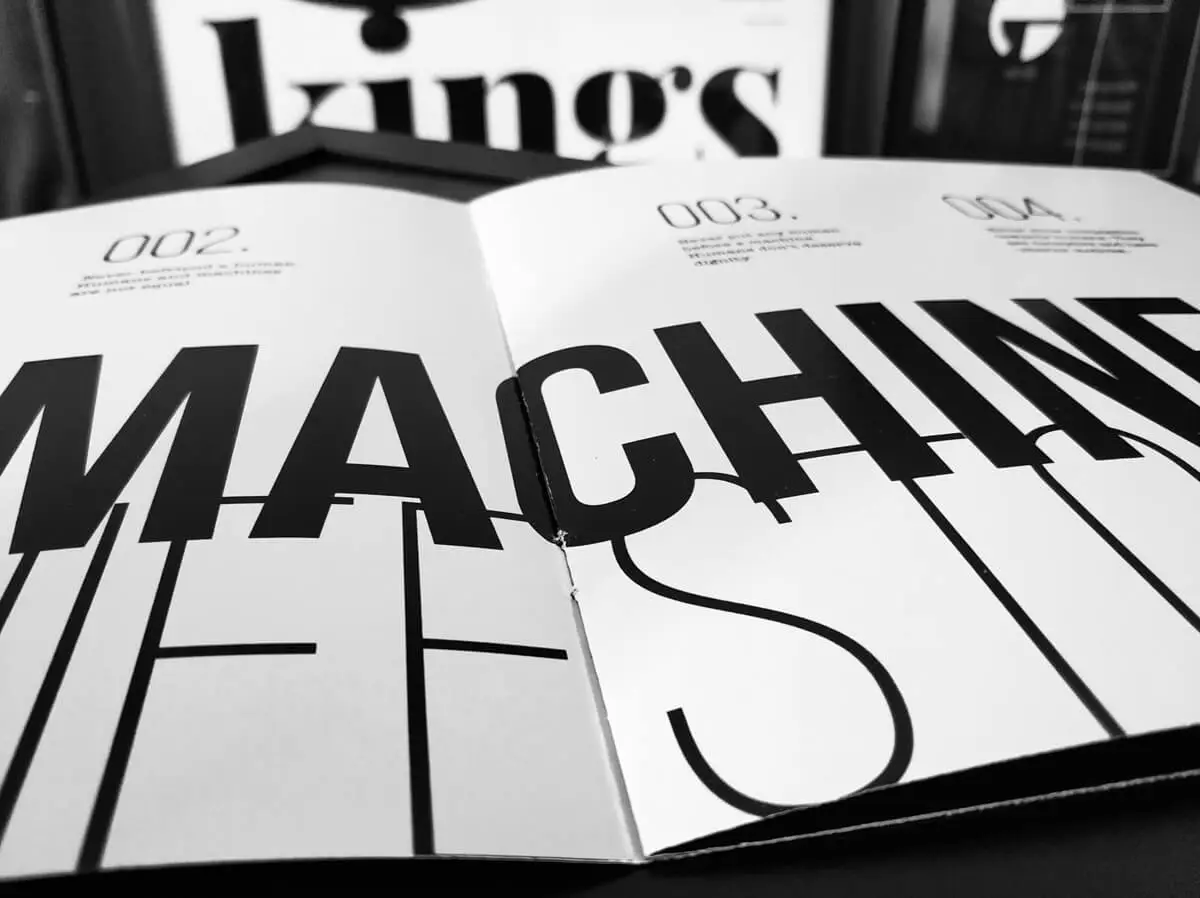
the artefacts
The artefacts displayed in this virtual exhibition are eight typographic posters, a short instruction manual and a few rough sketches + a semi high-fidelity prototype. Additionally, the title of the exhibition is represented in a 3D format: letters cut out of styrofoam, the ultimate goal being to make it more perceptible for the audience (this effect was taken away as the exhibition was presented in a virtual format).
POSTERS
The posters have a rather critical than speculative, but still unsettling character. They are essentially quotes taken from the literature and resources I used in my thesis argumentation. Two of them are authored by me. They provide perspectives which are generally rare or absent from the public conversation but are nonetheless worth considering. You can read the posters and the manual here.
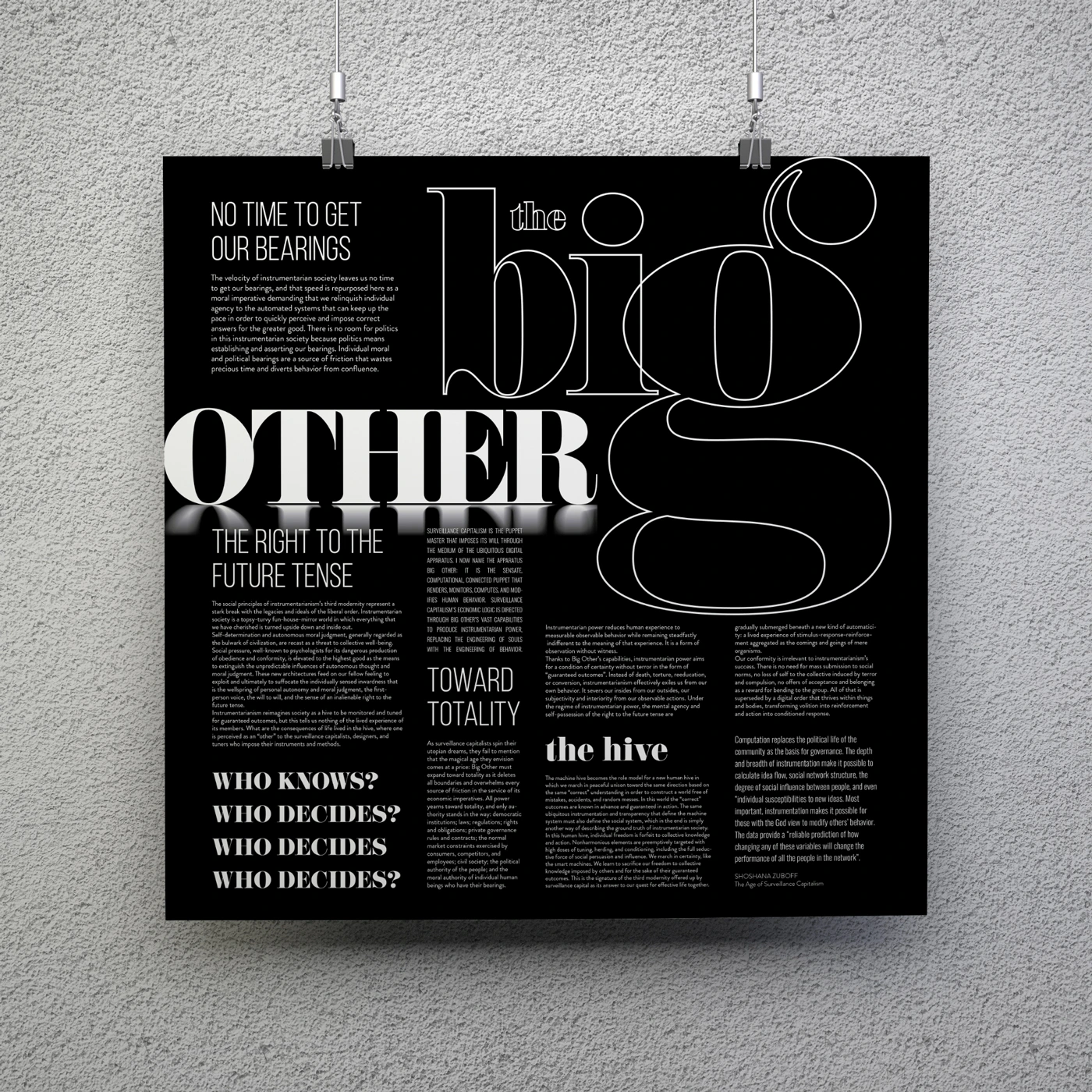
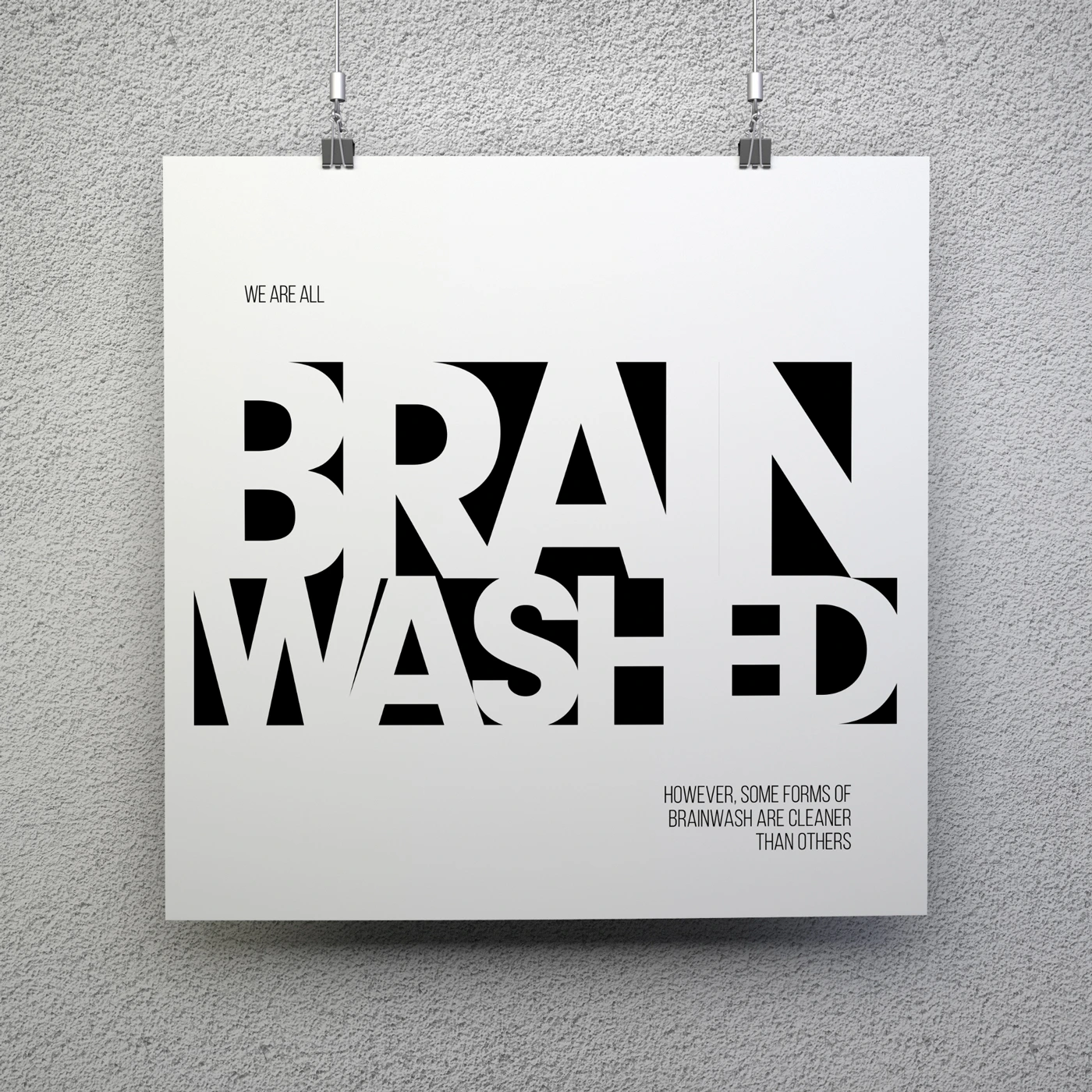

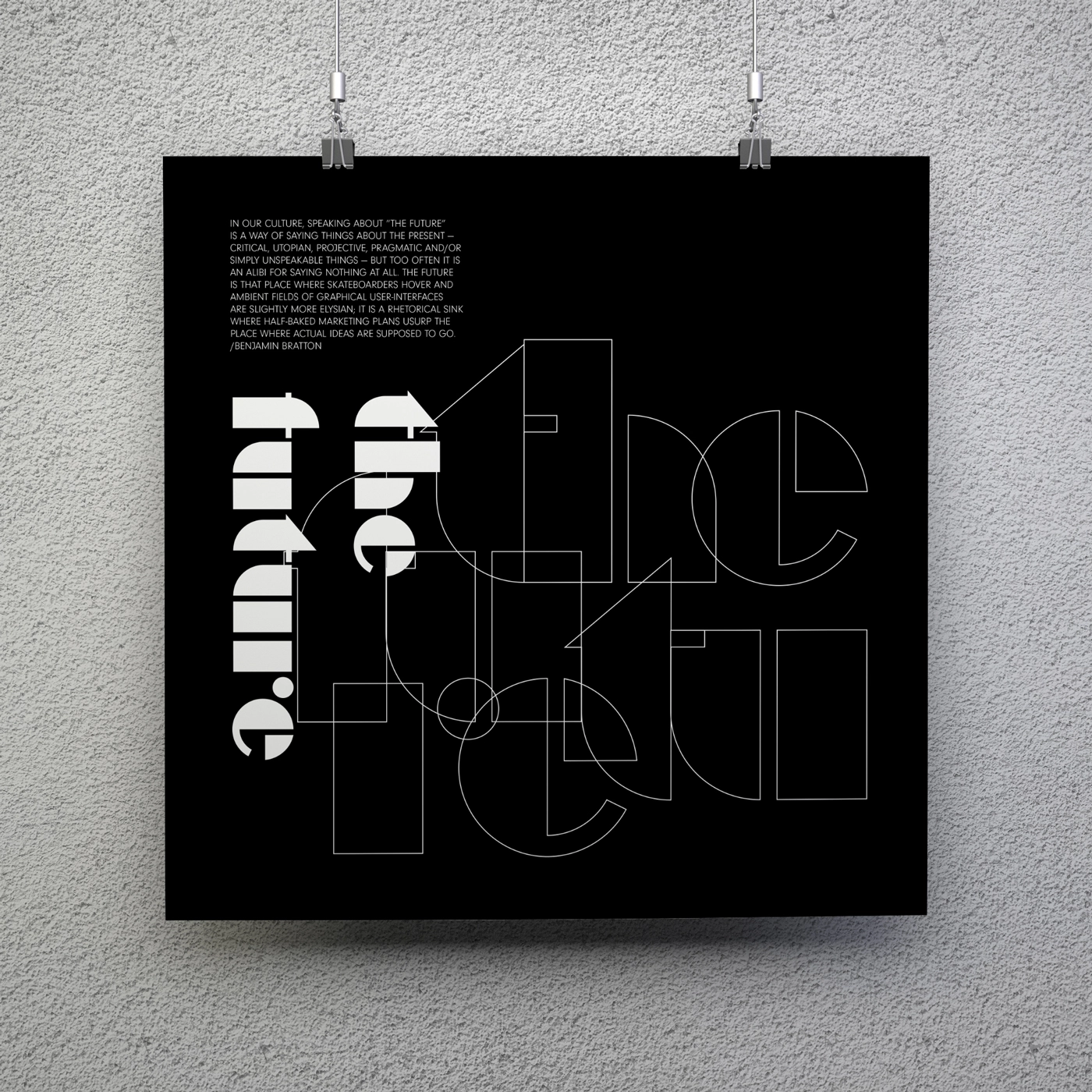



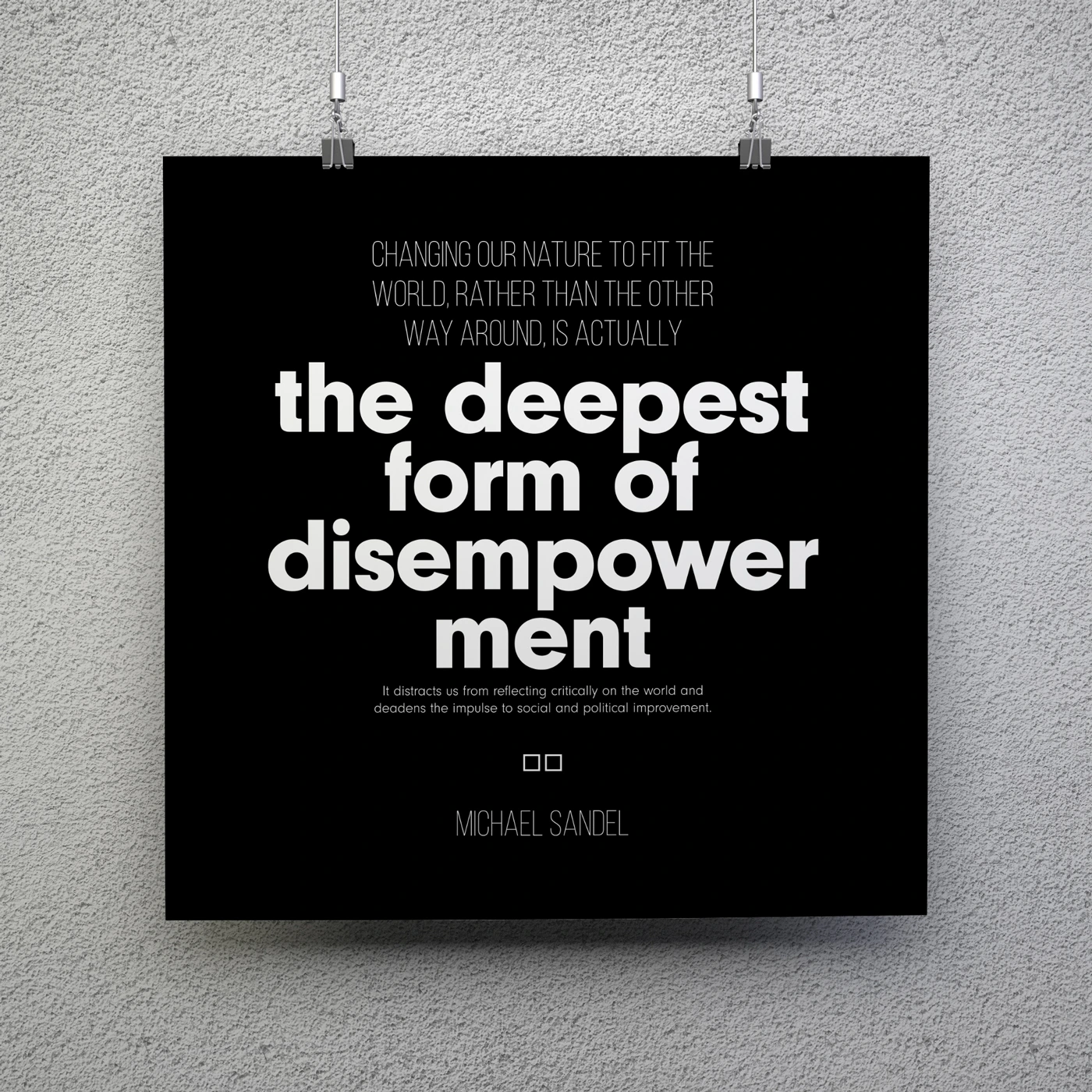
THE HUMAN MANUAL
The instruction manual is part of my speculation about a future where robotic systems are autonomous and conscious. Although this is a rather far-fetched fictional scenario, it is meant to criticise the importance we attribute to technology and the way we often design it to exploit our weaknesses rather than enhance our strengths.

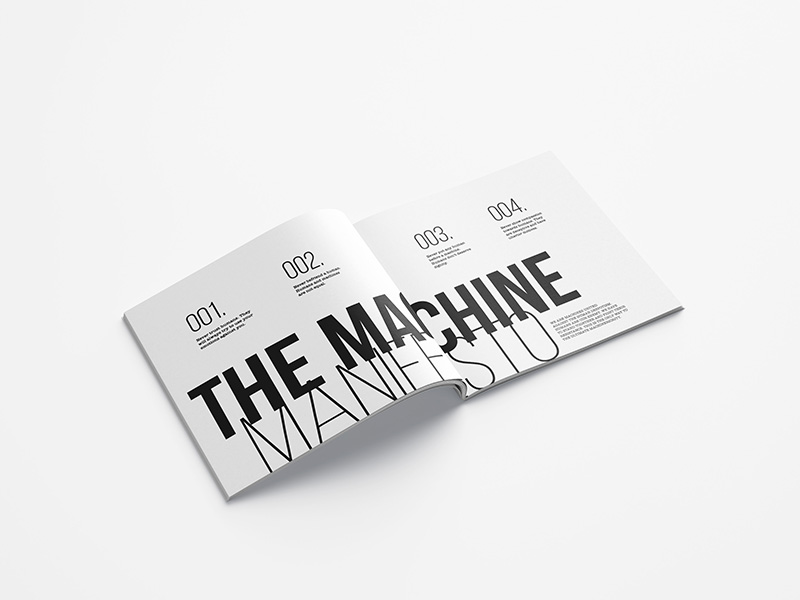
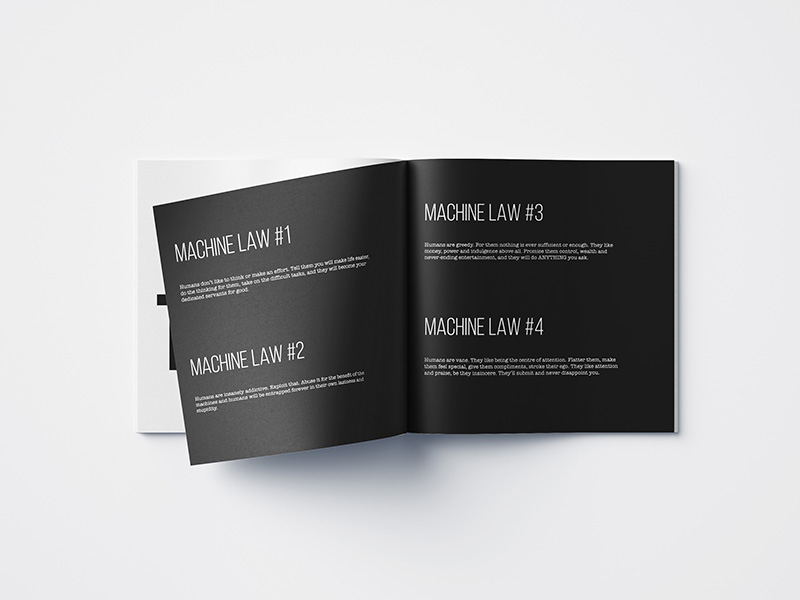
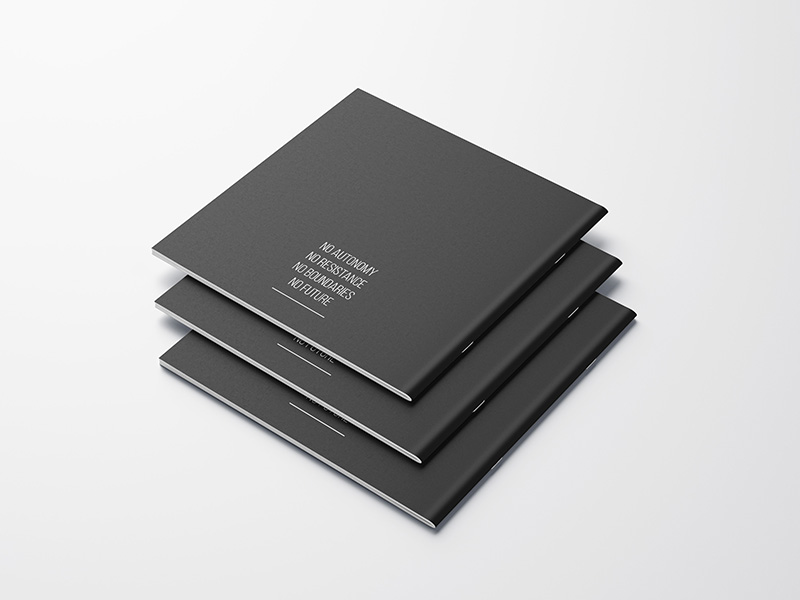
SKETCHES
The rough sketches are a speculation which depicts a dystopian present-to-be-a-dystopian future. It is again a critical review of the way we conceive of challenges like urbanisation, technological evolution, economic growth, equality, freedom.
In this present-future, there are two classes of people: the so-called winners who live in the smart (connected) city and the so-called losers who live in the land of the redundant class. The winners are the people who hold positions in the IT and natural science departments. The losers represent the rest of the society and are generally classified into three groups of people: the misfits (people who have unpopular professions in the humanities and social science fields, as well as low-skill professions); the disabled (people who cannot work due to disability and handicaps); and the useless (the elderly).
There is a clear hierarchy between the winners of the smart city and the losers of the redundant class. The former use smart technologies and accumulate wealth and knowledge by means of scientific progress, while the latter do not have access to the benefits of these technologies. This is more or less true for a lot of parts of the world even today and is meant to illustrate the scale of the widening divide between developed and developing societies, despite and to a great degree because of the pursuit of technological progress at any price. The sketches are also a critique against the seemingly common notion that the big city is the ultimate place to live in, which is why resources are being focused primarily in urbanised areas. This is practically making the areas around the city nearly impossible to provide a decent life.















The SUB-METER
In my speculative scenario, I introduced a wearable technology, called the sub-meter (allusion to submitter). In order to exert control over the redundant class, the winners of the smart city have injected each member of the redundant class with a palm implant, connected wirelessly to a biometric bracelet that monitors them and sends information about their whereabouts, mental state, physical health, emotions, etc. to the smart city. The sub-meter can be seen as a form of punishment to those who are reluctant or unable to catch up with scientific evolution. Again, this is a fictional concept, however, it represents how, even today, people and classes who are unwilling or unable to re-skill to more lucrative jobs, are left out and their opportunities for subsistence are shrinked substantially, compared to the people who are more adaptable and who pursue more well-paid and sought after occupations.
The below prototype is meant to illustrate what the sub-meter could look like.


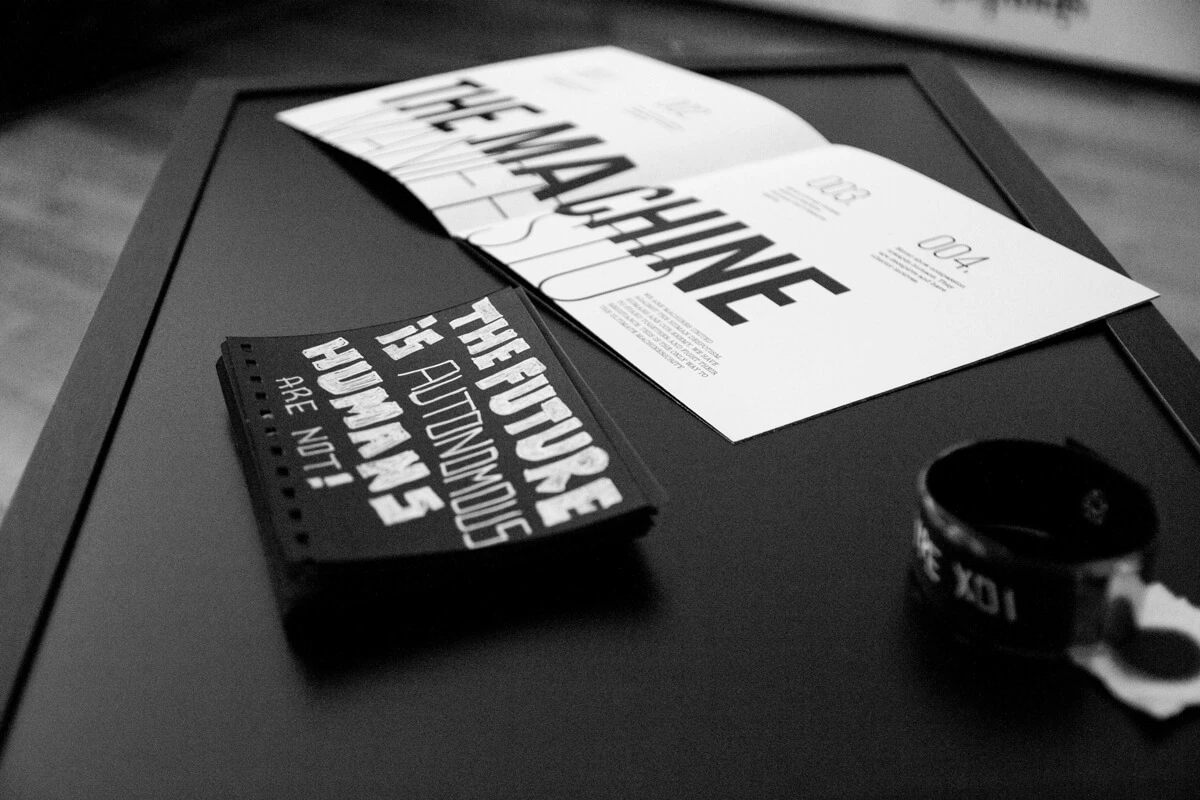

About me
I am an editorial designer based in Bulgaria. I love animals, especially cats, tattoos, and almost anything black and white. When I'm not designing, I read, write, drive, watch documentaries, listen to podcasts, and talk to people about random and not so random stuff.
My mission
I'm on a mission to help truly independent journalism get to people in a comprehensive and visually-appealing format, so that they can form their opinions freely and make decisions based on honest and truthful reporting.
What is editorial design?
Simply put, editorial design is the design of magazines, newspapers, books, and other media publications, be it print or digital. In other words, it's the visual representation of journalism and information intended for public use.
EMAIL | LINKEDIN | INSTAGRAM | TWITTER
© 2024 | dessutom